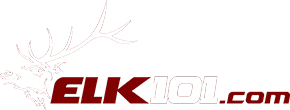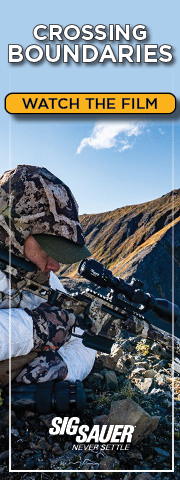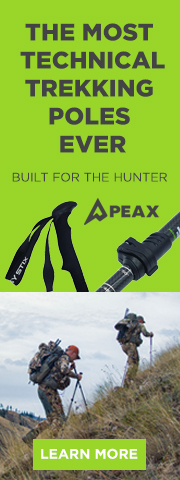Big Country
New member
- Aug 29, 2013
- 85
Hey guys, looking for some help/suggestions. I received a new trail camera for Christmas this year and just looking for advice or recommendations from those who have used them before. While I'm not new to elk hunting, I am to trail cameras.
There are a ton of settings for both picture and video on mine, although I'm not really interested in the video yet. What camera settings are people using? Currently, I have mine set to take a single picture every ten seconds with movement but I feel like I could be missing other animals if they are simply passing by, should I change to multiple photos with each shot? Any advice on mounting or locations? Sensitivity settings?
What about cable locks? Master lock seems to make a pretty good one but haven't actually put my hands on one? Is it worth buying a metal box, most reviews I saw said they were bear proof but not people (the predator I'm most worried about) proof. Thanks in advance for your help.
There are a ton of settings for both picture and video on mine, although I'm not really interested in the video yet. What camera settings are people using? Currently, I have mine set to take a single picture every ten seconds with movement but I feel like I could be missing other animals if they are simply passing by, should I change to multiple photos with each shot? Any advice on mounting or locations? Sensitivity settings?
What about cable locks? Master lock seems to make a pretty good one but haven't actually put my hands on one? Is it worth buying a metal box, most reviews I saw said they were bear proof but not people (the predator I'm most worried about) proof. Thanks in advance for your help.




